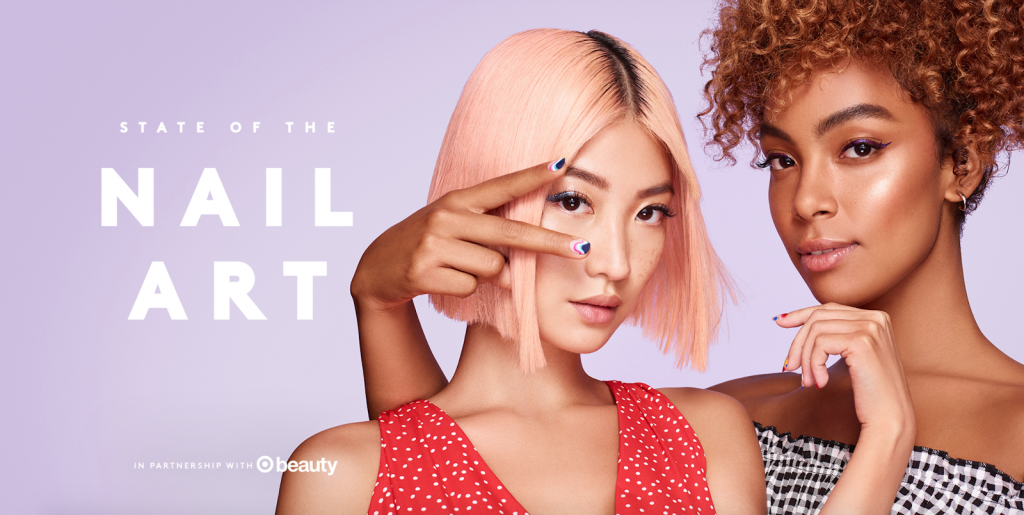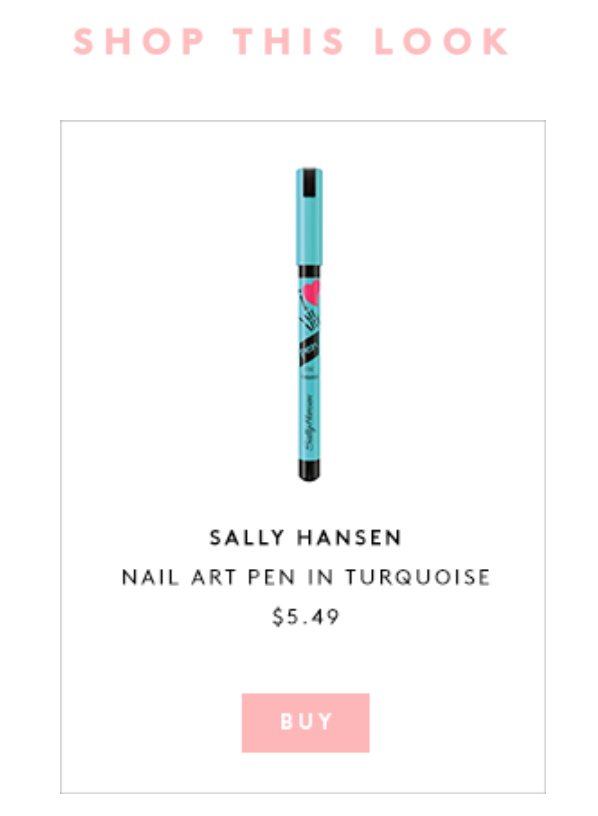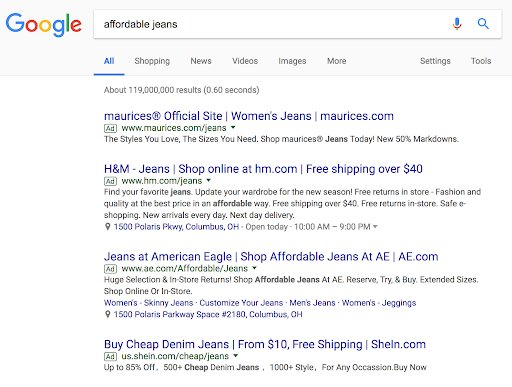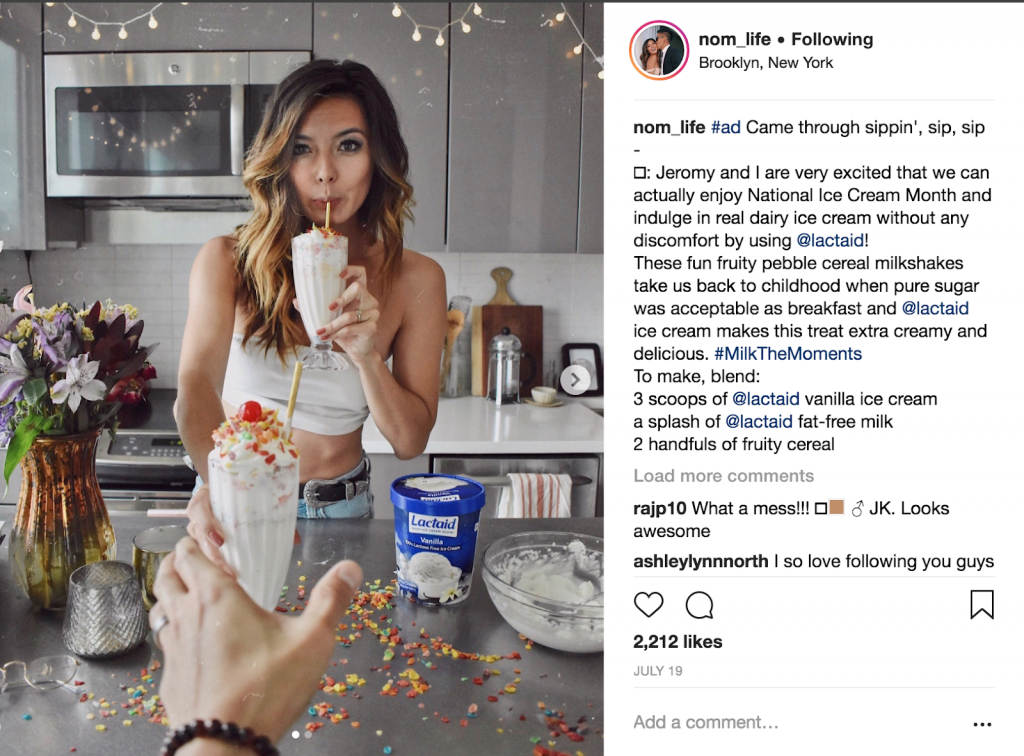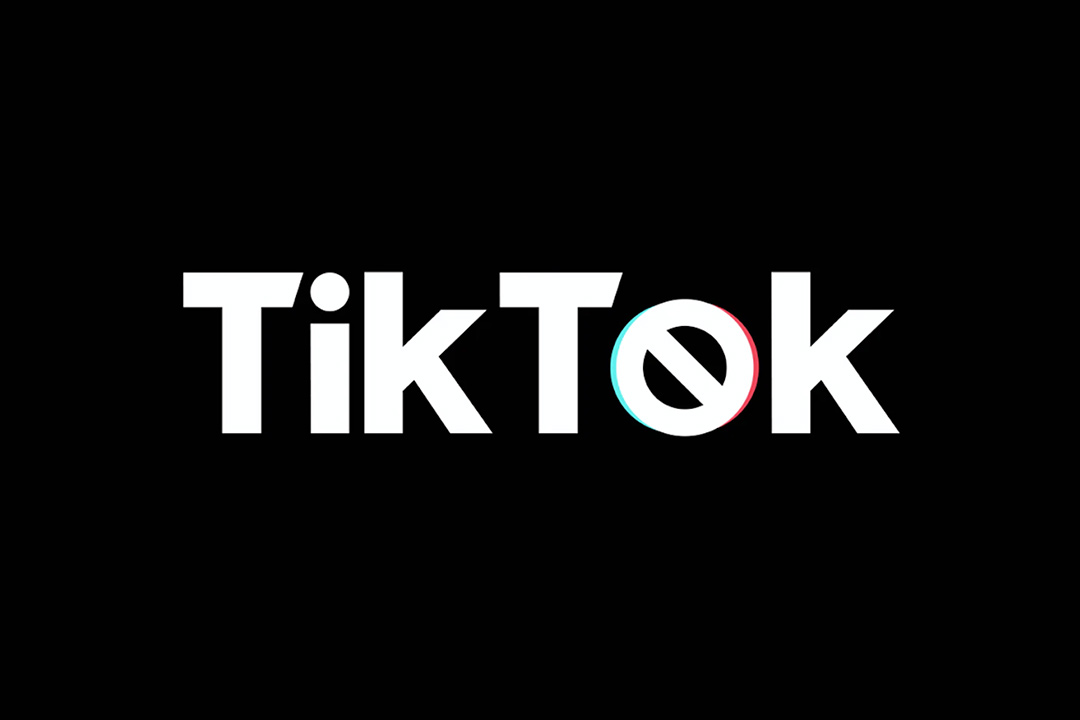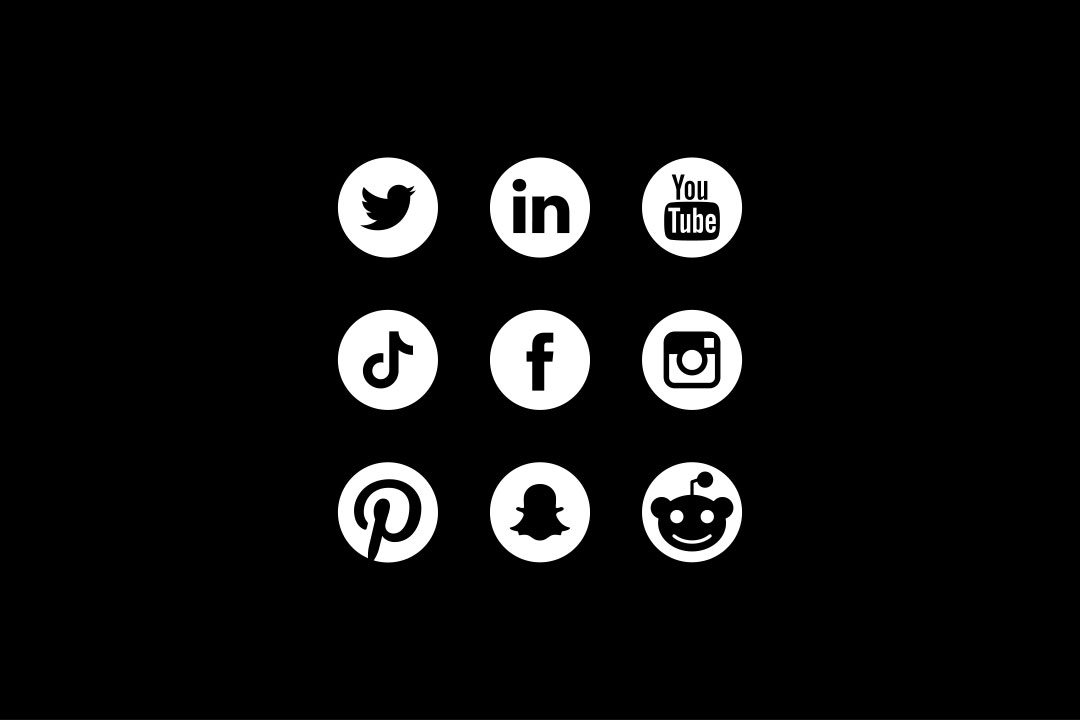The advertising industry is changing.
Between the ever-evolving technology landscape and a backlash against the perceived overload of advertising, winning consumers’ attention while keeping up with the trends can be tough to navigate.
Here are some notable trends that advertisers should keep in mind when developing their future strategies.
Shifting Ad Budgets: Channels Aren’t the Only Thing Being Surfed
As consumers turn away from cable TV, radio, and print, the advertising industry is adjusting budgets accordingly.
By 2020, half of ad spending is expected to be online.
Last year, advertisers spent more on digital than TV for the first time. Worldwide, digital ad spending reached $209 billion—41% of the market—while TV brought in $178 billion—35% of the market.
The number of cord-cutters dropping traditional pay-TV has increased 32.8%, to 33 million adults in the US in 2018. Streaming services, such as Netflix and Hulu, are on the rise. Hulu just recently announced that they have secured 50% more upfront ad commitments compared to 2017.
Mobile ad spending is also growing. Up $7 billion from 2017, it’s expected to reach $30.3 billion this year.
And advertisers aren’t stopping there. With more and more consumers adopting new technology into their home, advertisers are following suit by either currently using or planning to use voice-activated digital assistants (like Amazon’s Alexa and Apple’s Siri), smartwatches and other wearable devices as new advertising opportunities.
Native to “The Feed”
In a digital world dominated by “the feed,” more human beings are thumbing through content feeds on their mobile phones right now than any other form of media.
Advertisers are adjusting to this trend accordingly with native advertisements. 74% of the total display ads revenue in the US is projected to come from native advertising by 2021.
Unlike display or banner ads, native ads don’t really seem like they’re advertisements. They’re made to match the look, feel and function of their environment and, consequently, expose consumers to less disruptive advertising content. Consumers look at native ads 53% more than display ads.
Here are the 3 most popular forms of native advertisements:
In-feed:
In-feed ads are all over Instagram and Facebook. And, if done right, you won’t even notice they are ads at first.
At face value, this ad for The Sill looks like any other aesthetically pleasing post in your Instagram feed.
It’s functional, too. You can like, save, share or comment on the post.
It also has a direct and clear call-to-action: the “Learn More” bar at the bottom of the ad, linking users to the website and further down the purchase funnel.
Sponsored/Paid Content:
Sponsored Content is when a brand pays for content space on a website—either to entertain or educate—in hopes of increasing web traffic, driving sales, or whatever the campaign’s goal is aiming to achieve.
Refinery29.com, a digital media platform catered towards young women, uses paid content frequently.
This example is found in the homepage’s “recent articles” section. Besides the tag “paid content” tag above the article’s title, it fits in well with its non-sponsored counterparts. It’s not until you open the article that you see who paid for the content—in this case, Target.
Throughout the article, “Shop This Look” sections appear with links to purchase different nail tools. These all link back to target.
Paid Search
Another frequently used native ad technique is search. On Google, you can find which search item is sponsored by looking for the green “ad” label next to the website link. These ads don’t disrupt the overall feel of Google search results and therefore are considered native ads.
Native ads create an 18% increase in purchase intent.
Audience-Based Advertising: Data Fuels the “Me” Culture
In the age of the consumer, audiences expect every digital interaction to be personalized. Consumers now want technology to absorb, understand, interpret and deliver an experience based on their tastes and preferences.
According to Salesforce’s State of the Connected Customer, 84% of customers say being treated like a person, not a number, is very important to winning their business.
Luckily for advertisers, there’s a myriad of data sources that give us an inside look on our consumers’ lives. Once we can connect and make sense of this data, we can reach our target audience in a much more effective way.
The primary sources of data can be broken down into three categories: CRM-based data, online data, and demographic data.
As companies like Facebook and Google start letting brands target advertising with known customer data, CRM-based data tracking is increasing. This introduces email addresses, phone numbers, purchase transactions, postal addresses and customer service information.
Online data includes devices and cookies collected from advertisers’ own digital content (first-party anonymous data), data collected from a direct relationship with another marketer or publisher (second-party data), and data from an aggregator or data broker such as Acxiom, Nielsen, or Neustar (third-party data). Over the next two years, advertisers’ use of second and third-party data will grow by 26% and 30%.
Demographic data includes personal data (age, gender, etc.), location information, and interest-based data (topics or product categories, etc.). Interest-based data is expected to grow 26% upper the next two years.
Influencer Marketing: A New Kind of Influencer
With over 800 million people scrolling through their Instagram feeds a month, influencer marketing prices are on the rise.
Celebrity influencers with millions of Instagram followers can charge up to $500,000 for one Instagram endorsement….and offer very little in return. Only 3% of consumers are influenced by celebrities in their purchase decisions.
This is where “micro-influencers” come into play. Micro-influencers are non-celebrities with followings between about 1,000-50,000. They usually have a sincere, personal connection with their audience. Micro-influencers are also more invested in their online presence—spending hours carefully crafting a post by styling and editing a photo to perfection, writing a great caption, and using all the relevant hashtags—making them more relatable and authentic.
Micro-influencers are 6.7 times more cost-efficient than influencers with accounts with followings larger than 100,000. They’re also ten times more likely to influence a purchase. So not only are these micro-influencers affordable, they also give you more bang for your buck.
Consumers now value authenticity and relatability. After all, micro-influencers are just regular people with passion and a keen eye for content relevant to their digital community. When brands take the time to define their audience and find a group of dedicated, talented micro-influencers, the results can be impressive.
Micro-Influencer: @EmilyBrunotte
Niche: Lifestyle, Motherhood, Fashion
Followers: 26k
Partnership: LG
Micro-Influencer: @nom_life
Niche: Food, Style
Followers: 42.6k
Partnership: Lactaid
There’s an undeniable shift in the world of advertising. Authenticity and personalization now rule. And as long as advertisers can keep up with existing and emerging trends, the opportunities will outweigh the challenges. Be sure to reach out to us if you need help navigating your brand through these always-changing advertising and media trends.
Sources:



